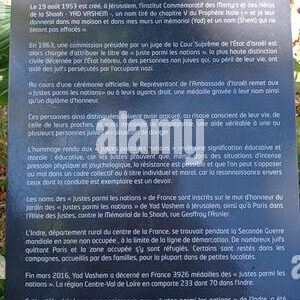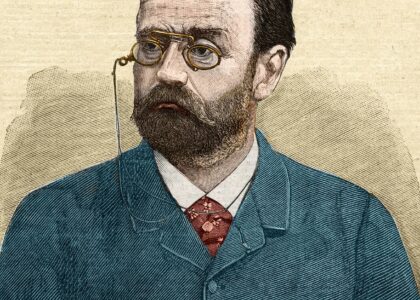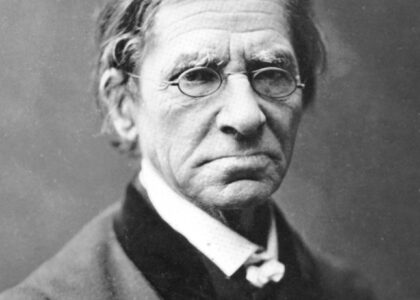Welcome to the Swamp Pop Museum, located in the vibrant city of Ville Platte, Louisiana. This unique institution offers a fascinating look into a musical genre that may not be as widely known as rock ‘n’ roll or jazz, but is deeply embedded in the cultural heart of Louisiana. Swamp pop is a genre born in the 1950s, a blend of Cajun, Creole, rhythm and blues, and rock ‘n’ roll, representing a cultural melting pot of sounds and influences.
The museum’s story begins in the heart of Acadiana, a region where French and English cultures intersected, creating an environment ripe for musical experimentation. The Swamp Pop Museum itself was founded to preserve and celebrate this distinctive genre, which saw its heyday in the late 1950s and early 1960s. During this period, young Cajun and Creole musicians began to Americanize their sound, influenced by the likes of Elvis Presley and Fats Domino.
Legendary swamp pop artists like Cookie and the Cupcakes, who gave us the hit ‘Mathilda,’ and Bobby Charles, who wrote the hit ‘(See You) Later Alligator,’ are celebrated here. These musicians were instrumental in defining the swamp pop sound, which features emotional lyrics often centered on themes of love and heartache, accompanied by a honky-tonk piano and strong R&B backbeats.
The museum is more than just a collection of memorabilia; it’s a living history of a genre that, though eclipsed by the British Invasion in the mid-1960s, has never lost its regional appeal. Ville Platte, designated the ‘Swamp Pop Capital of the World,’ plays a crucial role in keeping the tradition alive, hosting events like the annual Swamp Pop Reunion concert.
As you explore the museum, you’ll encounter exhibits featuring photographs, stage costumes, and instruments that tell the stories of the artists who brought swamp pop to life. Sharon Fontenot, the museum’s founder and curator, has worked tirelessly to preserve this cultural treasure. Her passion for the music is evident in every corner of the museum.
Ville Platte’s contribution to swamp pop is a testament to the resilience and creativity of its people, and the museum serves as a beacon for those wanting to learn more about this unique slice of American music history.





